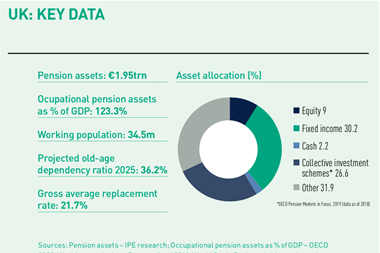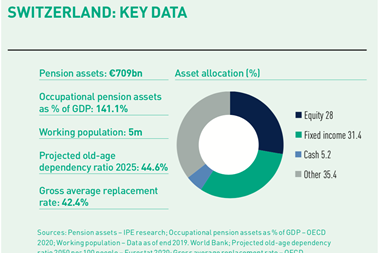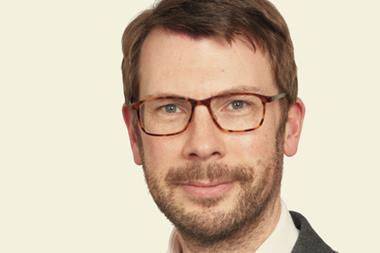Pension funds owned the largest share of assets (52%) run by Swiss-based asset managers in 2019, according to the Swiss Asset Management Study 2020 conducted by the Institute of Financial Services Zug (IFZ) at Lucerne University and the Asset Management Association Switzerland.
The report showed that over 70% of institutional assets under management (AUM) was managed on behalf of pension funds and insurers in 2019, a 10 percentage point increase compared to 2018.
AUM in Switzerland grew year-on-year by 16.5% at the end of 2019 to CHF2.5bn (€2.3bn). Net new asset inflows last year reached almost CHF100bn, it reported.
The assets managed in Switzerland were more than three times the size of the Swiss GDP and about 250% of the assets held in Swiss pensions funds.
This made Swiss-based asset managers profitable and cost-efficient, the report said, estimating the median profit margin to be 19.5 basis points of AUM, while the median cost-income ratio is about 64%.
High margin alternative asset classes contributed substantially to profitability, the report found, estimating that the total net revenues of the Swiss asset management industry stood at about CHF13.85bn and total profits at approximately CHF4.95bn.
Asset class split
Swiss asset management firms turned mostly to equity (74.1%), among asset classes, followed by bonds (53.4%) multi-asset strategies (51.7%) and money market instruments (34.5%).
Hedge funds and real estate, instead, were frequently offered as alternative asset classes for collective investment schemes or discretionary institutional mandates at 36.2% each, followed by commodities (29.3%), infrastructure (27.6%), private equity (25.9%), insurance-linked securities (20.7%) and private debt (17.2%).
The report found that traditional asset classes including bonds, equity, and multi-asset strategies made up 78% of total AUM, while 22% was allocated to alternative asset classes.
Year-on-year, private equity was the fastest growing asset class with a 40.8% increase, followed by equity (29.7%), multi-asset strategies (27.4%) and infrastructure (23.8%).
The report noted that larger asset managers tended to offer a broader range of asset classes while independent, or smaller asset management firms, focused on a particular set of asset classes.
Swiss asset managers followed mostly an active approach (80%), with the remaining combining active and passive management.
For collective investment schemes, including ETFs, only 19% of the assets were managed passively and 81% actively, the report explained.
Active management strategies dominated overall with 60% of AUM in discretionary mandates and about 80% of AUM in collective investment schemes actively invested.
Large asset management firms and bank-owned asset managers allocated relatively more to passive products, particularly within discretionary mandates.












No comments yet